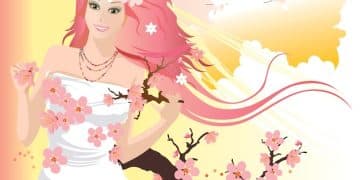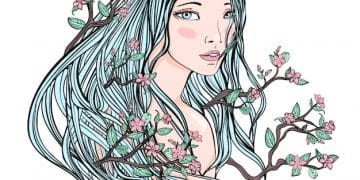Unveiling the Magic: A Deep Dive into Shojo Manga
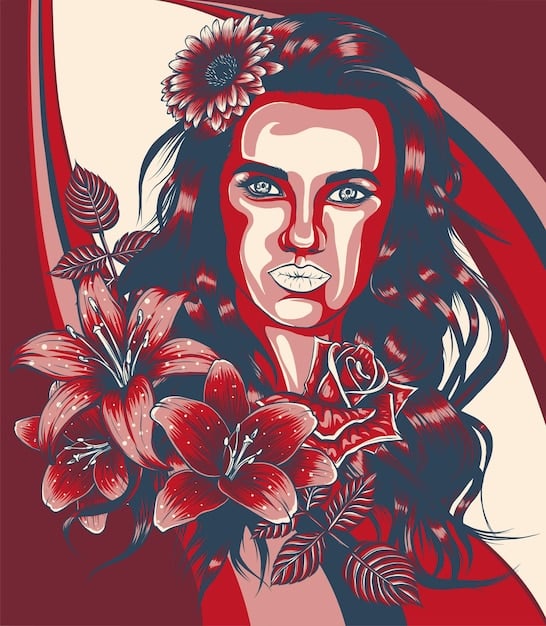
Shojo manga, aimed at a young female audience, explores themes of romance, friendship, and personal growth through artistic storytelling. It captivates readers with its emotional depth and diverse narratives.
Dive into the enchanting realm of shojo manga, a genre tailored for young female audiences that has evolved into a beloved art form enjoyed by readers worldwide. This article offers a comprehensive exploration of **shojo manga**, covering its themes, history, and enduring appeal.
What is Shojo Manga? Exploring Themes and Characteristics
Shojo manga, directly translated as “young girl’s manga,” is specifically targeted towards a young female demographic. This genre is celebrated for its rich narratives, captivating characters, and unique artistic styles that set it apart from other forms of manga and comics.
Distinct from shonen manga (aimed at young boys), shojo manga primarily focuses on themes like romance, friendship, personal growth, and self-discovery. It often portrays emotional depth and complex relationships, exploring the intricacies of human connection and the challenges of adolescence and young adulthood.
Key Elements of Shojo Manga
Here are some defining characteristics that make shojo manga stand out:
- Emotional Depth: Shojo manga is renowned for its deep exploration of emotions, allowing readers to connect with characters on a profound level.
- Complex Relationships: The relationships in shojo manga are often intricate, showcasing the nuances of friendship, family, and romantic connections.
- Artistic Style: With its emphasis on expressive eyes and detailed backgrounds, shojo manga’s artwork is uniquely captivating and visually appealing.
- Narrative Focus: The stories often revolve around personal growth, self-discovery, and the journey of finding one’s place in the world.
In essence, shojo manga offers a space for readers to explore their emotions, understand complex relationships, and embark on journeys of self-discovery through compelling storytelling and artistic expression.
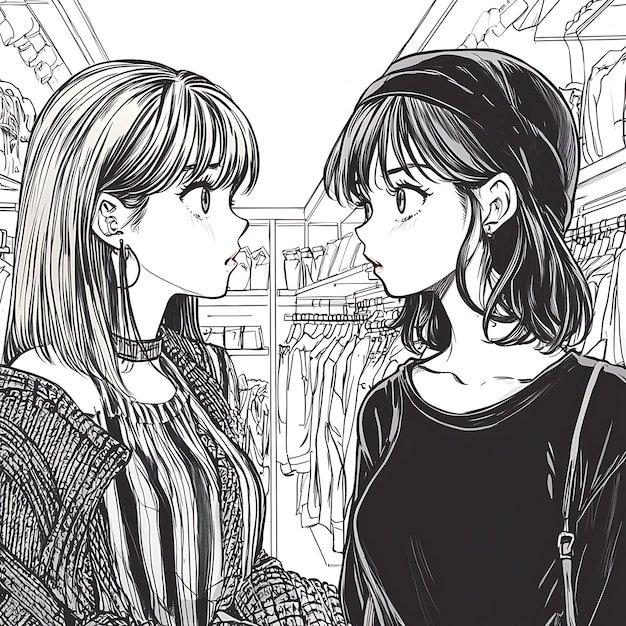
A Brief History of Shojo Manga: From Ribon to Modern Masterpieces
The origins of shojo manga can be traced back to the early 20th century, with significant developments occurring in the post-World War II era. Over the decades, this genre has evolved, reflecting the changing social landscape and the diverse experiences of its readership.
During the 1950s and 1960s, early shojo manga often featured simple narratives and straightforward character designs. However, as the genre matured, artists began to experiment with more complex storytelling techniques and innovative visual styles.
Notable Milestones in Shojo Manga History
Several magazines and artists have played a crucial role in shaping the genre:
- Ribon: Founded in 1955, Ribon is one of the oldest and most influential shojo manga magazines, featuring works that have become classics in the genre.
- Hana to Yume: Established in 1974, Hana to Yume has introduced numerous groundbreaking series that have pushed the boundaries of shojo manga.
- Margaret: Another significant magazine, Margaret, has been instrumental in popularizing shojo manga and nurturing new talent.
Key artists such as Moto Hagio, Riyoko Ikeda, and Keiko Takemiya revolutionized the genre with their innovative storytelling and artistic styles. Their works often tackled complex themes and explored diverse perspectives, paving the way for future generations of shojo manga artists.
Exploring Popular Shojo Manga Series
Shojo manga boasts a diverse range of series that have captivated readers with their unique stories and relatable characters. These series often explore themes of love, friendship, and personal growth, resonating deeply with their audience.
From classic romance stories to fantastical adventures, the variety within shojo manga is vast, catering to different tastes and preferences. These popular series have not only gained a devoted following but have also influenced the broader landscape of manga and anime.
Must-Read Shojo Manga Series
Here are some of the most acclaimed and beloved shojo manga series:
- Fruits Basket: A heartwarming story about Tohru Honda, who discovers the Sohma family’s secret – they transform into animals of the Chinese zodiac when hugged by someone of the opposite sex.
- Ouran High School Host Club: A comedic and romantic series centered around Haruhi Fujioka, a scholarship student who stumbles upon the Ouran Host Club and must pretend to be a boy to repay her debt.
- Sailor Moon: A magical girl series that follows Usagi Tsukino as she transforms into Sailor Moon and fights evil alongside her fellow Sailor Guardians.
- Cardcaptor Sakura: A delightful story about Sakura Kinomoto, who accidentally releases a set of magical cards and must recapture them to prevent chaos.
Each of these series offers a unique blend of storytelling, character development, and artistic expression, making them essential reads for any fan of shojo manga.
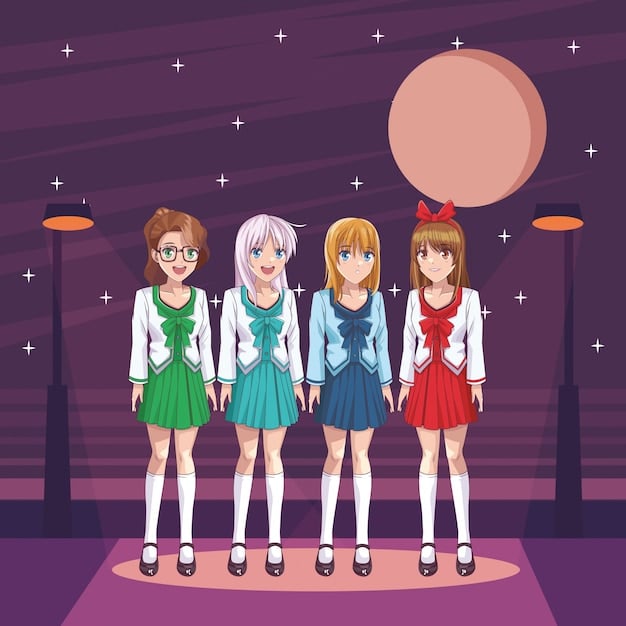
The Impact of Shojo Manga on Culture and Society
Shojo manga has had a significant impact on culture and society, influencing fashion, art, and entertainment. Its themes and characters often reflect and shape societal values, promoting empathy, understanding, and personal growth.
Through its exploration of diverse perspectives and complex relationships, shojo manga has challenged stereotypes and fostered greater inclusivity. Its influence can be seen in various forms of media, including anime, television, and even video games.
How Shojo Manga Has Shaped Cultural Trends
Shojo manga’s influence extends beyond the world of comics, impacting various aspects of popular culture:
- Fashion: The distinctive styles and outfits featured in shojo manga have inspired fashion trends, particularly in Japan and East Asia.
- Art: The artistic techniques used in shojo manga, such as expressive eyes and detailed backgrounds, have influenced art styles across various mediums.
- Entertainment: Many shojo manga series have been adapted into successful anime, television shows, and video games, further expanding their reach and impact.
In essence, shojo manga has played a crucial role in shaping cultural trends and promoting social awareness, making it a powerful force in contemporary society.
The Enduring Appeal of Shojo Manga
The enduring appeal of shojo manga lies in its ability to connect with readers on an emotional level, offering stories that resonate with their experiences and aspirations. Its themes of love, friendship, and personal growth are timeless, making it a genre that appeals to audiences of all ages.
Despite changing trends and evolving media landscapes, shojo manga continues to thrive, attracting new readers and maintaining a devoted fanbase. Its rich narratives and captivating characters ensure that it remains a beloved form of entertainment and artistic expression.
Reasons for Shojo Manga’s Lasting Popularity
Several factors contribute to the lasting popularity of the shojo manga genre:
- Relatable Characters: Shojo manga features characters that readers can identify with, making their struggles and triumphs all the more meaningful.
- Emotional Connection: The deep exploration of emotions in shojo manga allows readers to form strong connections with the stories and characters.
- Artistic Beauty: The distinctive artistic style of shojo manga enhances the storytelling experience, creating visually stunning and emotionally resonant narratives.
In conclusion, shojo manga’s ability to evoke emotions, create relatable characters, and deliver visually stunning stories ensures its continued relevance and appeal in the world of manga and beyond.
Tips for Getting Started with Shojo Manga
If you’re new to the world of shojo manga, it can be overwhelming to know where to start. With so many series and artists to choose from, it’s helpful to have some guidance on how to navigate this diverse genre.
Consider exploring different subgenres within shojo manga to find what resonates with your interests. Whether you prefer romance, comedy, fantasy, or historical dramas, there’s a shojo manga series out there waiting to be discovered.
Recommendations for New Readers
Here are some tips and recommendations for those looking to dive into shojo manga:
- Start with Classics: Begin with well-known and highly-rated series like “Fruits Basket,” “Sailor Moon,” or “Cardcaptor Sakura” to get a feel for the genre.
- Explore Different Subgenres: Experiment with various subgenres to discover your preferences, whether it’s romance, comedy, fantasy, or historical drama.
- Read Reviews and Recommendations: Consult online reviews and recommendations from other readers to find series that align with your interests.
- Visit Manga Libraries and Online Platforms: Explore manga libraries or online platforms like Manga Plus or Viz Media to access a wide range of shojo manga series.
With these tips, you’ll be well-equipped to embark on your journey into the captivating world of shojo manga, discovering new stories and characters along the way.
| Key Point | Brief Description |
|---|---|
| 💘 The Romance | Shojo manga often highlights romantic relationships as a key theme. |
| 🤝 The Friendship | Friendships are another important aspect, depicting the characters’ support system. |
| 🌱 Personal Growth | Many stories follow characters evolving into adulthood and overcoming obstacles. |
| ✨ The Art | Expressive eyes and detailed backgrounds define shojo manga’s unique style. |
Frequently Asked Questions about Shojo Manga
Shojo manga is manga marketed towards a young female audience, generally encompassing pre-teen and teenage girls. It often focuses on romance, personal growth, and relationships.
Yes, shojo manga is often characterized by beautiful, detailed art, which includes large, expressive eyes (meant to convey emotion), detailed backgrounds, and the frequent use of flowers and sparkles.
Shojo manga is aimed at young girls and focuses on relationships and emotions. Shonen manga is aimed at young boys, often featuring action, adventure, and themes of friendship and competition.
Common themes include romance, friendships, personal growth, overcoming challenges, and self-discovery. Many series explore the complexities of human relationships and adolescent experiences.
Absolutely! Though targeted at young girls, shojo manga can be enjoyed by anyone. The emotional depth and compelling stories often resonate with readers of all ages, crossing demographic boundaries.
Conclusion
Shojo manga offers a captivating and diverse world for readers to explore themes of love, friendship, and self-discovery. Its enduring appeal continues to make it a beloved genre for audiences of all ages, shaping culture and inspiring creativity across various forms of media.


